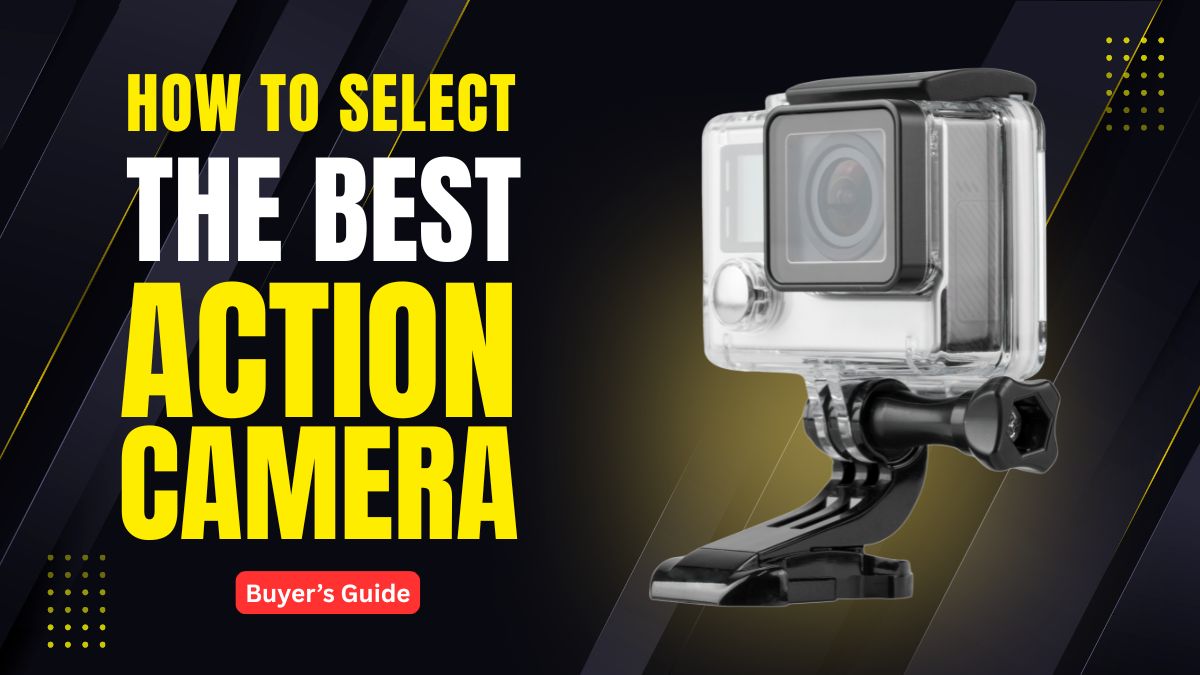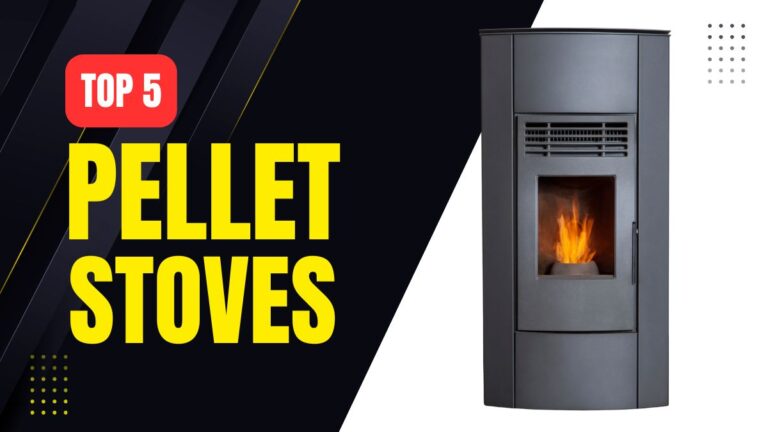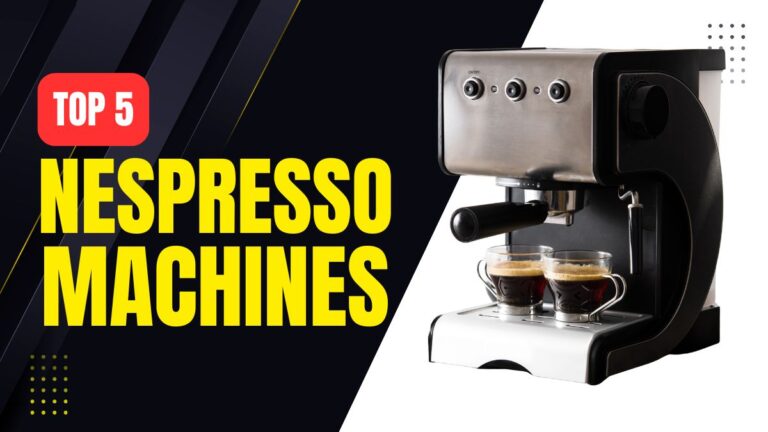Table of Contents
Disclosure: As an Amazon Associate, I earn from qualifying purchases. This means that if you click on a link and make a purchase, I may receive a small commission at no additional cost to you.
Why Choosing the Right Action Camera Matters
Action cameras have become a must-have gadget for travelers, vloggers, athletes, and adventure seekers. Unlike regular cameras or smartphones, action cameras are compact, rugged, and built to capture fast-paced, high-quality footage, whether you’re hiking in the mountains, diving underwater, or cycling through city streets.
But here’s the catch-there’s no one-size-fits-all action camera. A camera perfect for underwater photography might be overkill for casual vlogging, while a budget-friendly option might fall short for professional filmmaking.
Investing in the right action camera means you’ll save money in the long run, avoid frustration, and get footage that truly reflects your vision. This guide will walk you through the exact steps to find the camera that matches your needs, budget, and creative goals.
Define Your Use Case: What’s Your Purpose?
Before looking at technical specs, ask yourself how you’ll use your action camera. Your use case will determine which features are essential and which you can skip.
Common Use Cases:
- Traveler & Explorer: Lightweight, long battery life, versatile shooting modes.
- Extreme Sports Enthusiast: Strong stabilization, high frame rates, rugged build.
- Underwater Diver: Waterproofing without a case, high low-light performance.
- Vlogger/Content Creator: Great audio, front-facing screen, live streaming support.
- Casual User: Easy-to-use interface, budget-friendly, decent video quality.
Environment Factors to Consider:
- Indoor vs. Outdoor: Indoor shooting benefits from good low-light performance. Outdoor shooting needs strong stabilization and high resolution.
- Underwater vs. Dry: Divers and surfers need at least 10m waterproof rating without a case.
- Casual vs. Professional: For pro content, prioritize higher resolution, bitrates, and manual controls.
💡 Pro Tip: List your top 3 priorities before you even start shopping.
Key Specs to Consider Before Buying
Video Resolution & Frame Rate
- 4K at 60fps: Standard for most creators.
- 5K or 6K: Great for professional editing and cropping without losing quality.
- Slow Motion (120fps-240fps): Ideal for sports, action shots, and cinematic footage.
Image Stabilization
- EIS (Electronic Image Stabilization): Great for smooth footage in most conditions.
- Optical Stabilization: Less common but offers superior motion handling.
- GoPro HyperSmooth or DJI RockSteady are industry leaders here.
Field of View (FOV) & Lens Options
- Wide-angle for immersive shots.
- Narrow or linear for more natural, undistorted images.
Durability & Waterproofing
- Waterproof without housing: At least 10m for water sports.
- With housing: Can extend to 40m+ for deep diving.
Battery Life
- Look for swappable batteries so you can keep filming on long trips.
- Average runtime is 1-2 hours per battery depending on resolution.
Audio Quality & Mic Support
- Built-in microphones are improving, but external mic support is essential for serious vlogging.
Mount Compatibility & Accessories
- Standard GoPro-style mounts offer the widest range of third-party accessories.
Connectivity
- Wi-Fi and Bluetooth for easy file transfer.
- Live streaming features for content creators who broadcast on platforms like YouTube or Facebook.
Budget and Value for Money
Entry-Level ($100-$200)
- Good for casual users and beginners.
- Best Matches: Akaso Brave 8, Insta360 GO 3 (basic model).
Mid-Range ($200-$400)
- Better image stabilization, higher resolution, and improved audio.
- Best Matches: DJI Osmo Action 4, GoPro Hero10/11 (older models).
Premium ($400+)
- Best stabilization, 5K+ resolution, pro audio, and premium build quality.
- Best Matches: Insta360 X4, DJI Pocket 3, GoPro Hero12 with Media Mod
💡 Avoid Going Too Cheap: Extremely budget models may lack proper stabilization, waterproofing, or durability.
Hidden Costs to Watch Out For:
- Extra batteries
- High-speed memory cards
- Protective cases and mounts
Comparison of Popular Brands and Ecosystems
GoPro
- Strengths: Industry leader, great stabilization, wide accessory compatibility.
- Weaknesses: Premium pricing, smaller battery life than some competitors.
DJI
- Strengths: Great image quality, strong low-light performance, compact designs.
- Weaknesses: Fewer accessories compared to GoPro.
Insta360
- Strengths: Best 360-degree cameras, versatile shooting options.
- Weaknesses: Editing software has a learning curve.
Akaso
- Strengths: Affordable, beginner-friendly.
- Weaknesses: Average stabilization and audio compared to premium models.
💡 Ecosystem Matters: Buying into a brand means you also get their app, editing tools, and compatible mounts.
Final Tips and Top Recommendations
Quick Checklist Before Buying:
- ✅ Defined your primary use case
- ✅ Chosen resolution & stabilization level
- ✅ Decided on waterproofing needs
- ✅ Set your budget
- ✅ Listed must-have accessories
Top Models by Category:
- Best Overall: GoPro Hero12 Black / DJI Osmo Action 4
- Best Budget: Akaso Brave 8 / Insta360 GO 3
- Best for Vloggers: DJI Pocket 3 / GoPro Hero12 with Media Mod
- Best 360 Cam: Insta360 X4
Where to Buy:
- Amazon – Reliable shipping, bundle deals, return policy.
- B&H Photo Video – Pro gear and expert advice.
- Best Buy – In-store hands-on testing.
- Official Websites – Latest firmware and official bundles.
💡 Pro Tip: Keep an eye on seasonal sales like Black Friday, Prime Day, or holiday bundles for the best deals.
FAQs
-
What’s the best action camera for beginners?
For beginners, the Akaso Brave 8 or Insta360 GO 3 are great choices. They’re affordable, easy to use, and offer decent video quality for casual use.
-
Is 4K necessary for an action camera?
While 1080p is fine for basic use, 4K offers sharper detail and better future-proofing. If you plan to edit videos or watch them on large screens, 4K is worth it.
-
Can I use an action camera for vlogging?
Yes, especially models with good audio quality, front-facing screens, and stabilization, like the DJI Pocket 3 or GoPro Hero12 with Media Mod.
-
Do I need an expensive action camera for underwater use?
Not necessarily. Many budget models are waterproof up to 10m without a case. For deep diving, you’ll need a waterproof housing, which is available for most brands.
-
How long do action camera batteries last?
Most action cameras last 1-2 hours per charge, depending on settings. Always carry spare batteries for longer shoots.




